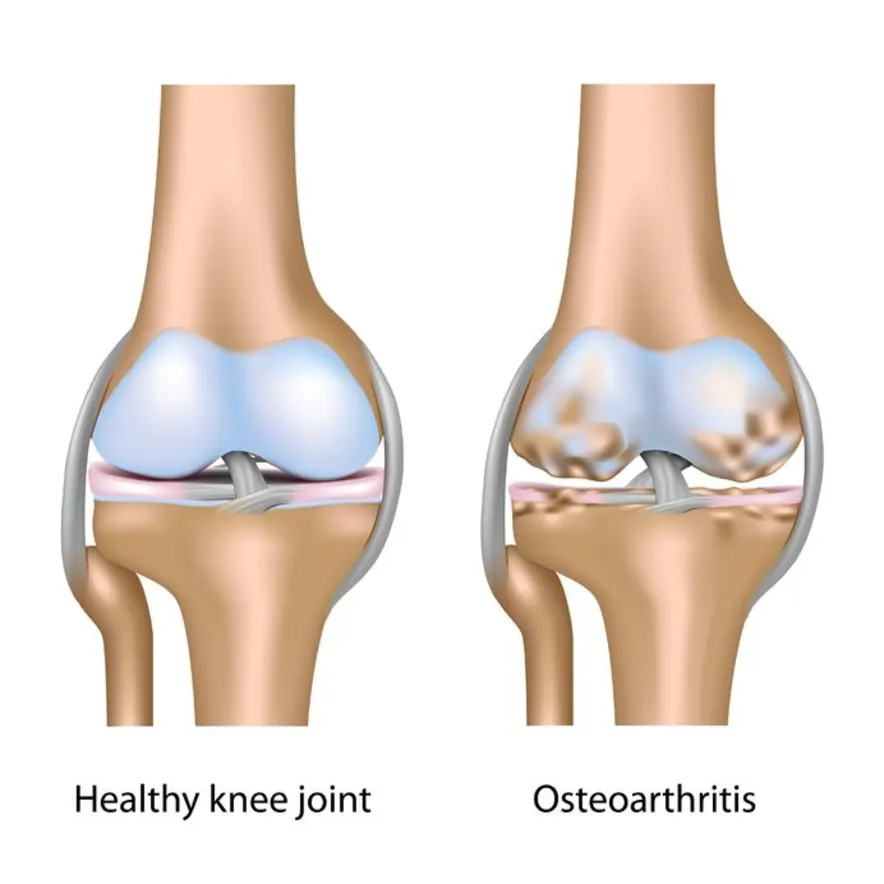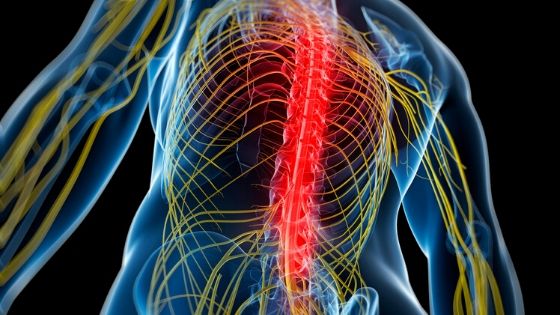Inflammation, Soreness, Musculoskeletal pain, Meditation, Epsom salt.
Root Cause of Disease
Bone pain is most likely due to decreased bone density or an injury to your bone, it can also be a sign of a serious underlying medical condition. Bone pain or tenderness could be the result of infection, an interruption in the blood supply, or cancer.
Bone pain is often described as deep or penetrating pain. It often is worse at night and when you move the affected limb.
Bone pain, tenderness, or achiness is a common problem, particularly among those who are middle-aged or older. As you age, your body undergoes many changes. Muscle size and bone density generally decrease as you become less active. This makes you more prone to overuse injury and bone fractures.
Symptoms
Pain caused by bone ache may have the following symptoms:
- An initial sense of tenderness in the bone
- Escalation to a constant pain or a pain that comes and goes in the affected bone
- Persistent pain during the night and when at rest
- Severe bone pain
- Bone pain that persists and does not go away
- Bone pain that gets worse over time
Causes
Bone pain can be caused by a wide variety of conditions, including:
- Bone fracture, or break
- Overuse or repetitive movement injury
- Hormone deficiency, usually due to menopause
- Infection
- Bone cancer
- Cancer that has spread from the point of origin, or metastatic malignancy
- Cancer of the blood cells, or leukemia
Home Remedies to treat Bone Pain
Remedy – 1: Ice packs
Materials: Ice towel or Ice Pack

Procedure:
Ice towel
- Dampen a towel with cold water
- Fold it and place it in a plastic, sealable bag
- Place the bag in the freezer for 15 minutes
- Remove it from the freezer and place it in the affected area
An ice pack or cold compress:
- Put ice in a plastic, sealable bag
- Fill partially with water
- Seal the bag, squeezing the air out of it
- Wrap the bag in a damp towel and put it on the affected area
Product link: cold/Hot Pack
Remedy – 2: Warm Bath in Epsom salt
Materials: Epsom Salt and warm water.

Procedure:
Use 2 cups of Epsom salt for a standard-size bathtub filled with warm water.
- Pour the salt into running water to help it dissolve faster into the bath
- Soak in the tub for at least 12 minutes, or 20 minutes to treat muscle soreness
Adding a few drops of diluted cinnamon bark essential oil may also help ease bone pain. Cinnamon bark oil has a warming effect on the skin that some find soothing on sore muscles. A 2017 study also found it to be a promising anti-inflammatory agent.
Adding essential oils, such as lavender or peppermint, can offer additional aromatherapy benefits, such as relaxation and improved mood.
Product link: Epsom salt
Remedy – 3: Rest and elevate
Materials: Relaxed mood and Elevating positions.

Procedure:
Elevate the injured area above the level of your heart, especially at night, which allows gravity to help reduce swelling.
Remedy – 4: Meditation

Procedure:
- Sit upright comfortably
- Breathe deeply
- Gently close your eyes
- Slowly scan your body, and notice any sensations
- Be aware of any thoughts you are having
- When your mind wanders, focus on your breath
- Gently open your eyes when you are ready
Preventions
Regular stretching and strengthening exercises for your sport, fitness, or work activity, as part of an overall physical conditioning program, can help to minimize your risk of muscle strains.
There are also some simple changes people can make to their lifestyle to prevent muscle stiffness. These include:
- Exercising regularly
- Warming up and down before and after exercise
- Stretching the muscles
- Wearing the correct footwear during exercise
- Wearing warm clothing in cold weather
- Practicing good posture
- Ensuring furniture at home and work gives comfort and support
- Avoiding long periods of inactivity




